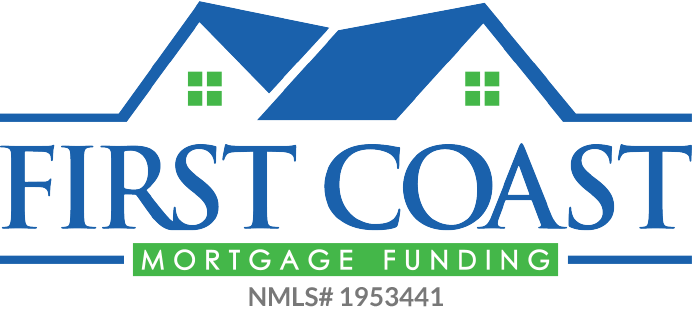If you’re house hunting, you’ve probably heard that it’s wise to obtain mortgage prequalification or pre-approval before you begin your search. Is there a difference between these two terms? While many people and even some creditors may use the terms interchangeably, when you’re talking about being prequalified vs pre-approved, you’re actually using terms with some important differences.
Prequalification is the first step in securing a home loan. It’s not a particularly in-depth process, and it’s based on data supplied by the consumer. You submit your information to a lender, and that lender does a cursory assessment of your creditworthiness based on that information. It’s a quick process that can be done online or over the phone, and the lender can then give you an approximate estimate of how much you’ll be able to borrow. A prequalification letter is a handy thing to have when you’re talking with sellers, but it doesn’t carry as much weight as having pre-approval for a mortgage, because it doesn’t involve a credit check and it’s not a commitment. If you give the lender inaccurate information, you may be prequalified for an amount for which you won’t get a pre-approval. On the other hand, as long as the data you supply is accurate, prequalification can help guide you as you look for homes.
When you’re seeking mortgage pre-approval, the process is different and more complicated. Knowing how to get pre-approved for a home loan, however, will gain you a committed offer of a mortgage. First, you’ll have to complete a mortgage application and supply your lender with all the appropriate documentation needed for an extensive credit and background check. The lender will then let you know how large of a home loan you can take out, and what your interest rate will be. You’ll be given a pre-approval letter, which will serve as proof of your purchasing power.
So, why would you want to get a prequalification when you know you’re about to apply for pre-approval?
When you apply for prequalification, the lender runs a soft credit check or no credit check at all before telling you how much money you’re likely to be able to borrow. It’s beneficial to get prequalified, then, because it gives you a good idea of the loan you can probably get without causing any disruption to your credit. If you learn through the prequalification process that you’re not creditworthy enough to obtain a mortgage, you can wait and build your credit before you put yourself through preapproval. You may even be able to get some advice from your lender about the best way to proceed.
When you’re ready to start the prequalification or preapproval process, talk to the experts at First Coast Mortgage Funding. At First Coast, we offer creative solutions to help borrowers improve credit and overcome roadblocks when trying to secure home financing. Committed to helping people in the First Coast region buy and refinance residential properties, we specialize in every kind of property, working to provide home loans to our clients at the lowest interest rates, with the best possible service. Contact us through our website or call 904.770.5000 for more information.


